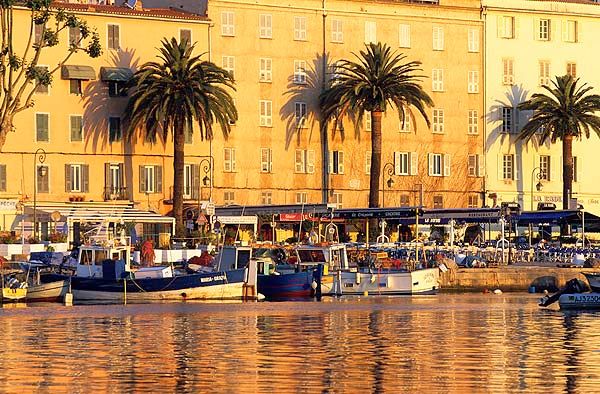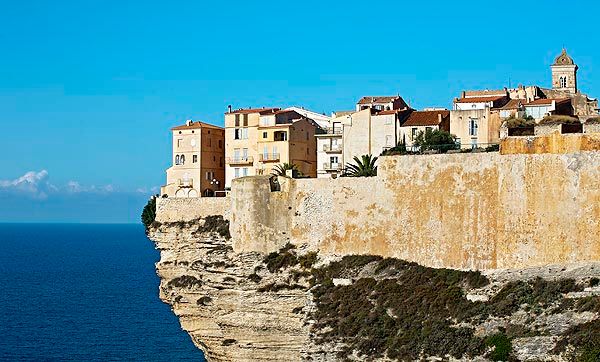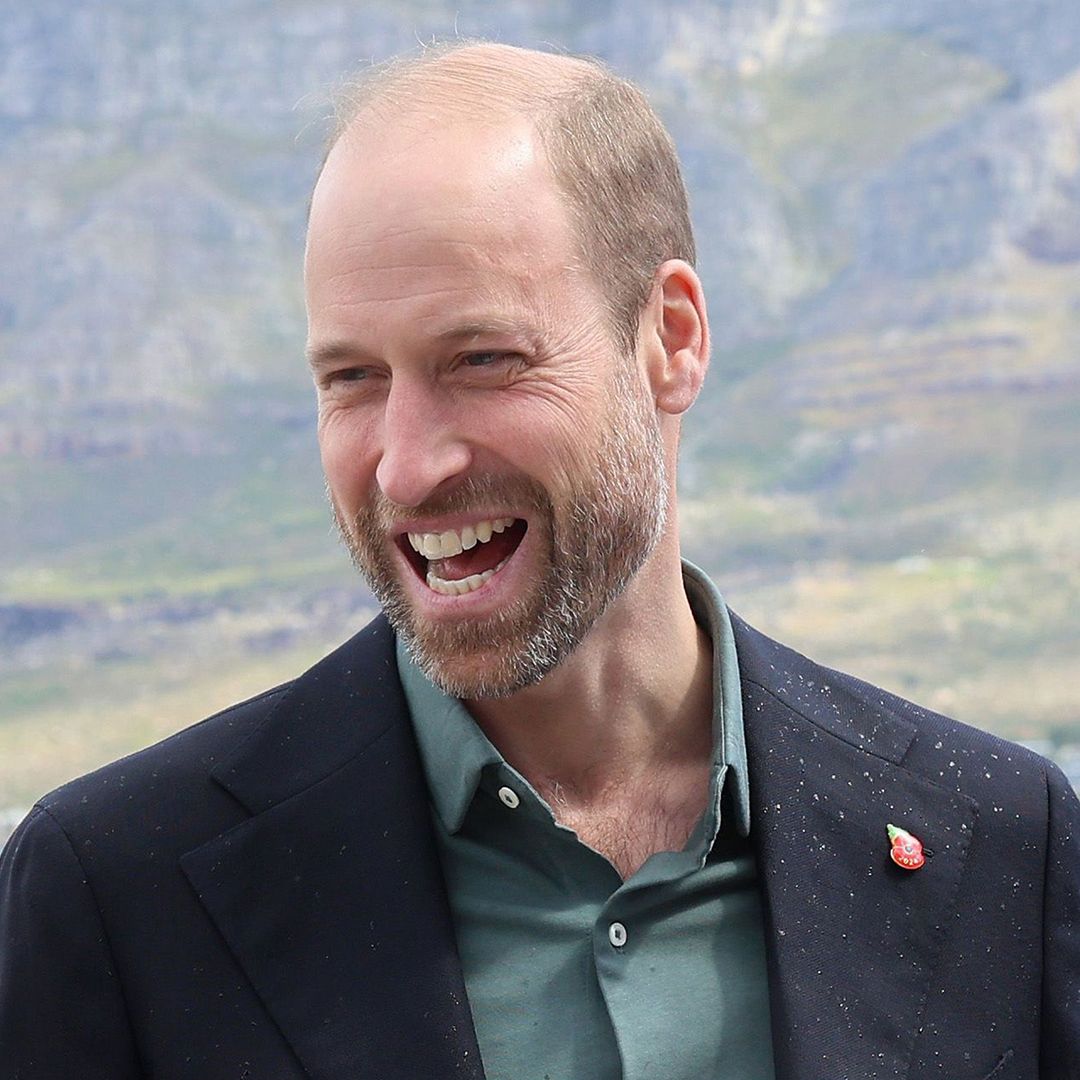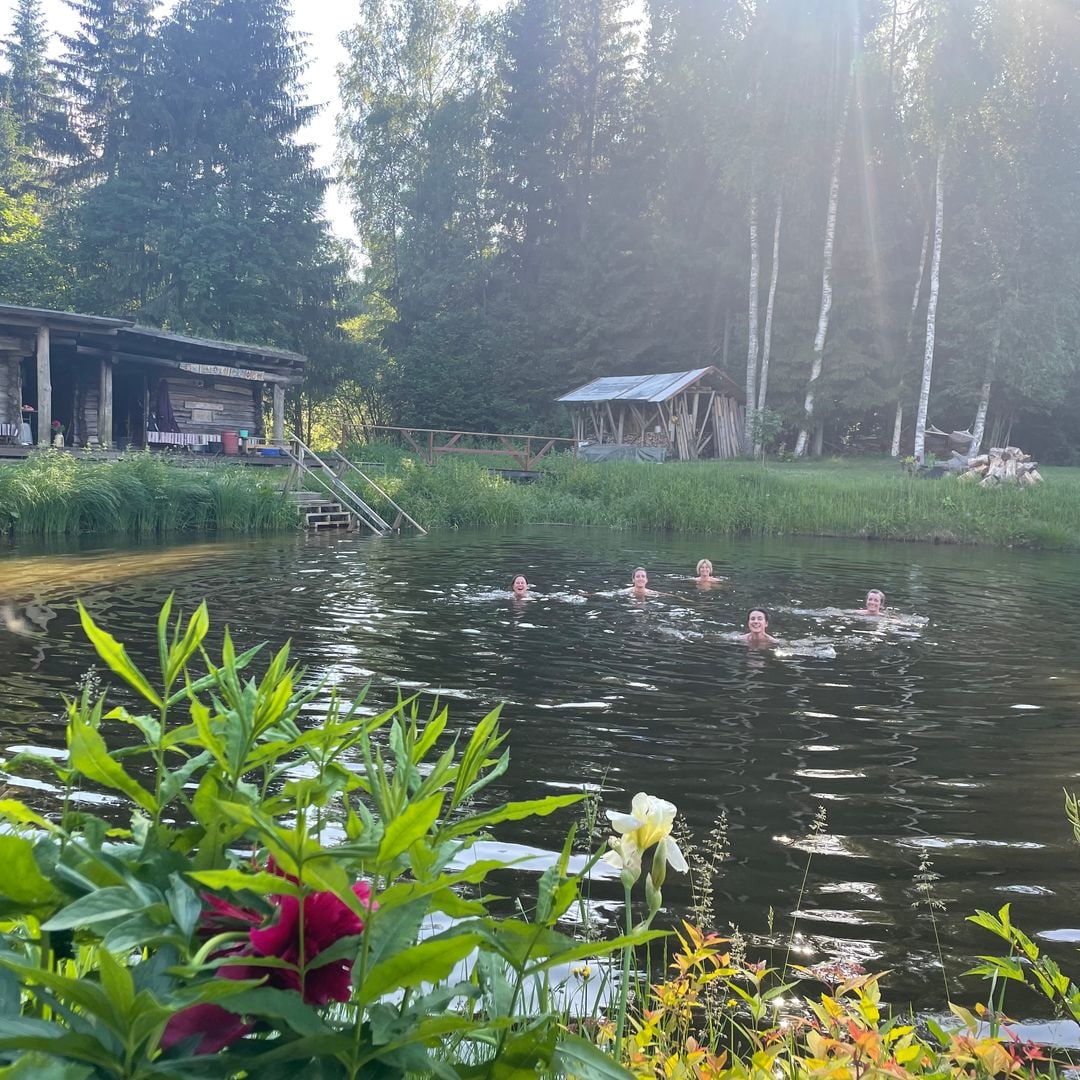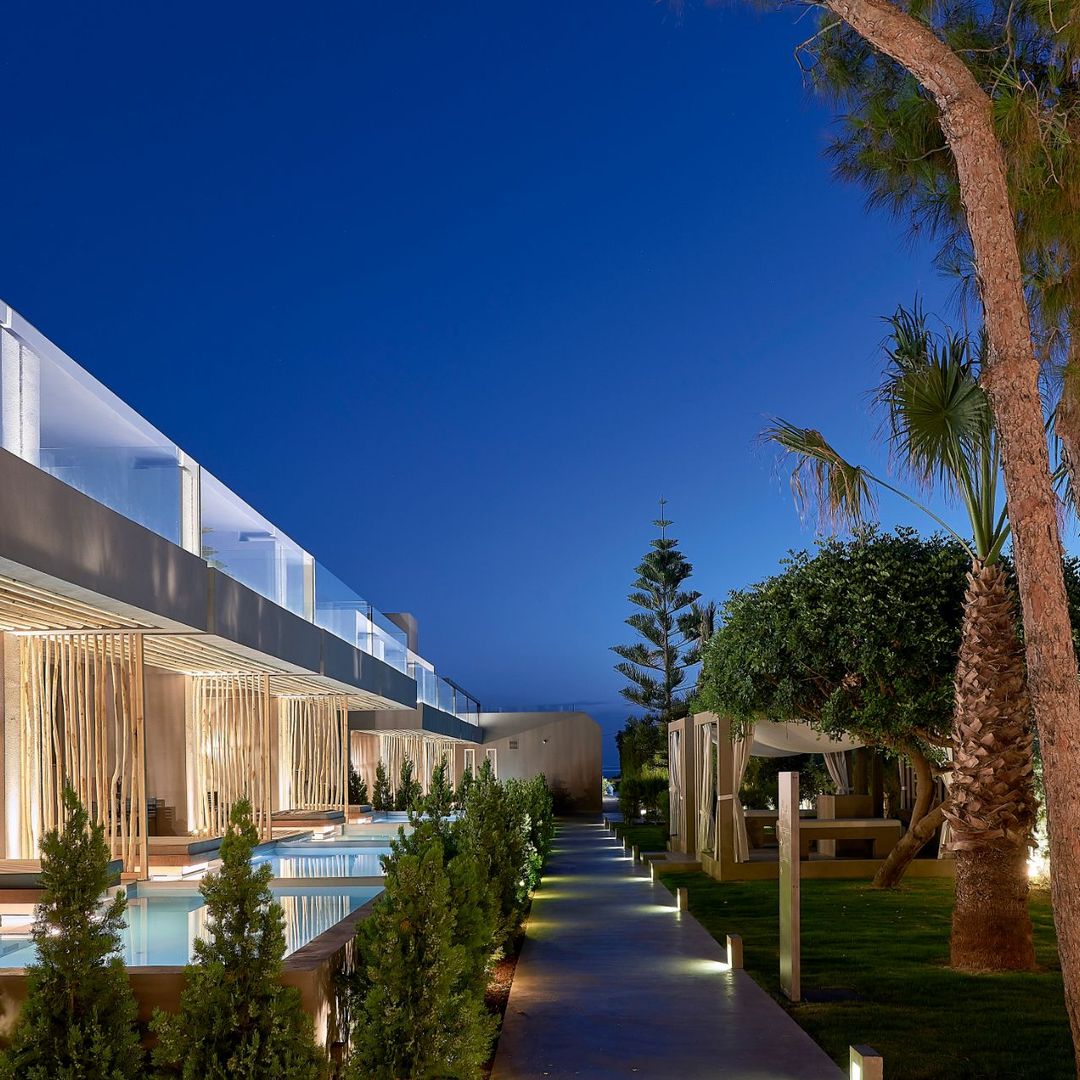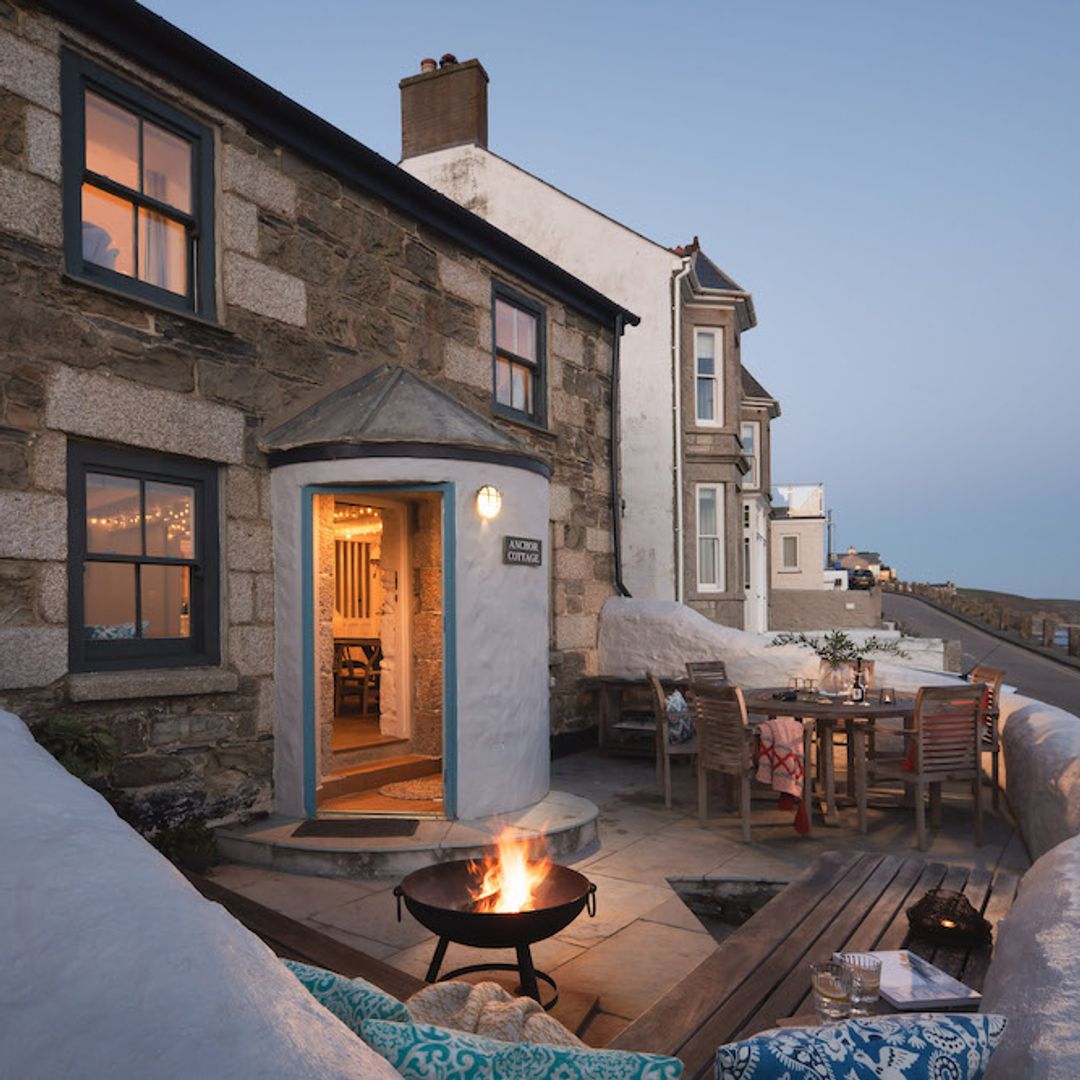A land that has been conquered and reconquered time and again, Corsica is a dream setting for nature lovers, sports fans and history buffs. Its coastline – totalling over a thousand kilometres of varied landscapes and habitats from sandy coves, to secluded creeks to granite cliffs – encompasses the greenest island in the Med.
In a powerful harmony of mountains and sea, endless beaches, fragrant pine forests and turquoise lakes all contribute to the wild and romantic landscape of this French island that lies 80 kilometres off the coast of Italy. The clean white sand of the unspoiled beaches offers the perfect setting to relax and feel the stresses of the modern world slip away.
Calvi Bay, said by some to be the most beautiful beach in Europe, is a two-kilometre silver crescent lapped by the clear waters of the Mediterranean and protected by the citadel of Calvi, a stone fortress that proclaims Corsica's maritime history. A visit to Calvi is like stepping into a picture postcard, with cobbled streets lined with souvenir and craft shops, al fresco cafes and restaurants, and a rich smell of salt and flowers that seems to flood the air.
In the south of the island, the sixteenth-century fortress town of Porto-Vecchio is another site that retains all the charm of times past. Close by, on the southernmost tip, opposite Sardinia, lies the ancient picturesque town of Bonifacio. Here, the buildings seem to be a part of the cliff itself, which overhangs the sea in a dizzying sculpture of caves and grottoes formed by the wind and waves over the long centuries. Best viewed from the water, the old fortified walls are set atop the majestic cliffs, bearing witness to the countless stories of war and conflict in which the beautiful town has changed hands time after time down through the centuries.
Throughout Corsica, there's nowhere that honours the name and memory of the islands most famous son quite as well as Ajaccio. The regional capital achieved city status in1492, and almost three centuries later, in 1769, Napoleon Bonaparte, the future Emperor of France was born here. The beautiful secluded walks, the Renaissance cathedral and the well-preserved sixteenth-century stronghold of the old town would be reason enough to visit, but Ajaccio also boasts the Napoleonic Hall in the Town Hall and the National Museum of the House of Bonaparte in the house in Rua Saint Charles where the great military leader was born.
THE PRACTICALITIES
Where to stay The Casadelmar in Porto-Vecchio is an elegant haven of cedarwood perfumed with the smell of the sea and the scent of orange, cypress and olive trees. The spectacular pool blends with horizon and the Michelin-starred restaurant a temple to taste. In Calvi, La Villa, with its refined and tasteful decor, boasts excellent views over the bay and a variety of options for relaxation or more active visits. The private apartments ensure complete privacy.
Where to eat Corsica's cuisine is based on fresh seafood and local produce, with skilful use of aromatic herbs to bring out the best of each dish. Sweet dishes are also important, with delights such as canistrelli, lemon cake, aniseed and chestnuts. Experience the best of the local gastronomic offer at the prestigious L'Alivu in Calvi. And to sample some of the fine local wines, try Cave Corsica, in Porto-Vecchio.
Don't miss Watch the sun go down from the vantage point of the Genoese tower in Porto: enjoy a walk along any of the island's many nature trails and experience the distinctive scent of wild flowers that envelopes the island. And, of course, relax over a drink and a snack in one of the pavement cafes in the early evening as the sun sinks down over the horizon and the locals come out for the passagiata – their traditional evening stroll.

